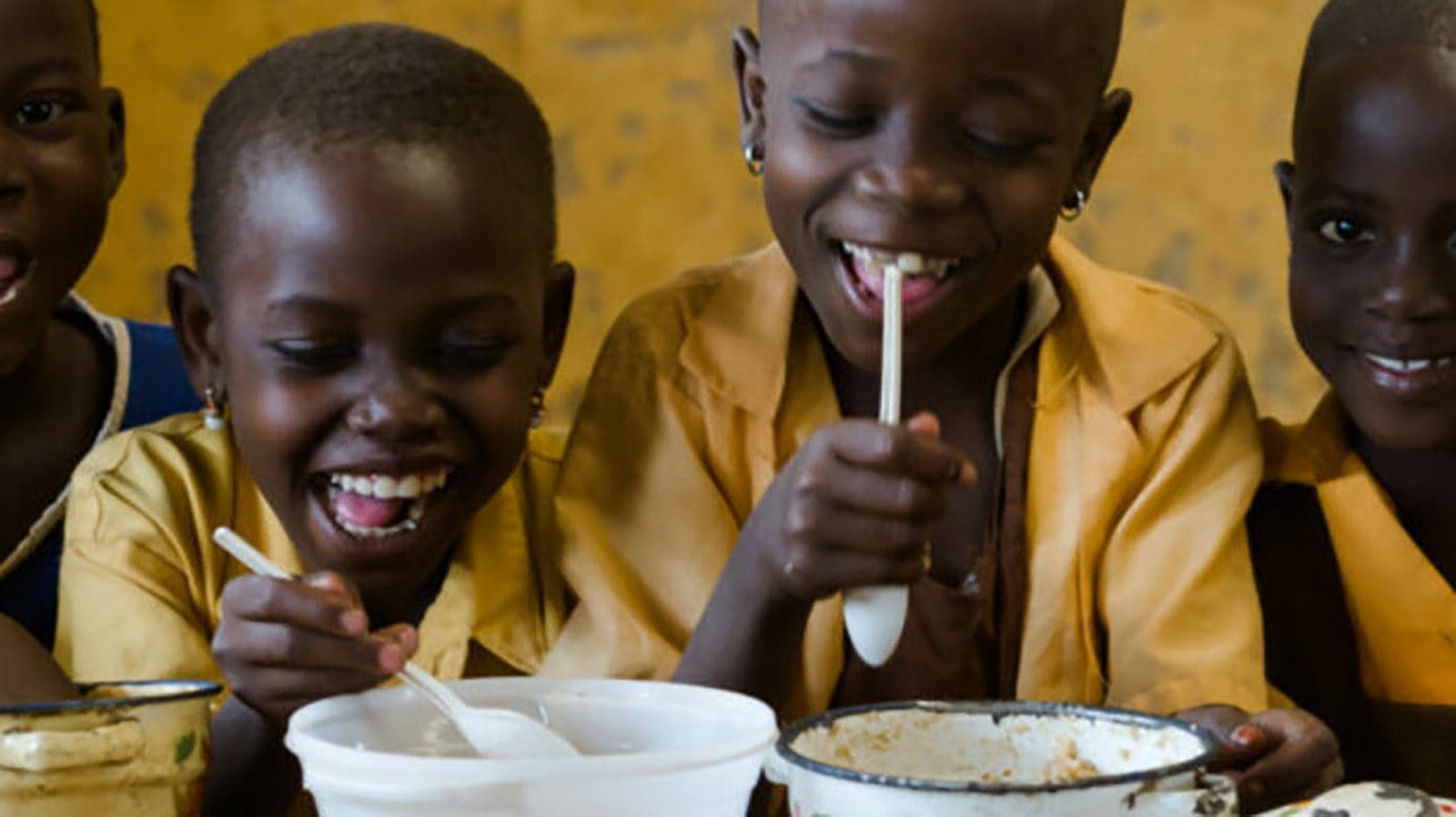ETHIOPIA – The Ministry of Agriculture of Ethiopia is set to import 75 Jersey and 150 Holstein Friesian cattle breeds worth 30 million Br (US$886,600) for crossbreeding with the local breeds such as the Boran cattle to improve production.
Jersey and Holstein Friesian cattle breeds have an estimated capacity to supply between 30lt and 40lt of milk a day while the local breeds are currently providing a maximum of eight litres a day.
A research conducted by the Biomedical Journal of Scientific & Technical Research last year indicated that Ethiopia has one of the largest livestock inventories in Africa with close to 60 million cattle, 30.7 million sheep and 30.2 million goats.
The research further highlighted that ten million dairy cows are producing approximately 3.2 billion litres of milk annually with an average production of 1.54 liters per cow per day.
The import exercise is under the Livestock & Fisheries Sector Development Project, a six-year project which kicked off in 2018 with financial support of US$170m loan from the World Bank, to be paid in 50 years.
So far, the Ministry has imported cattle breeds from the Netherlands and South Africa, reports Addis Fortune.
In addition to importation of the exotic breeds, the government is constructing a post-quarantine centre to prevent spread of diseases at Holeta Dairy Cattle’s Genetic Improvement Centre for 29 million Br.
The Ministry has started the process of hiring a contractor for the quarantine centre, which is expected to be completed within five to six months after construction begins.
It is also working on the specification and criteria to float an international tender inviting companies for the supply of the breeds.
Currently, the Ministry operates five animal quarantine centres in Mile, Jigijiga, Metema, Humera and Almehal, which are the exit corridors for the export of cattle to the Middle East and North Africa.
During the first half of this fiscal year, the export volume of live animals increased by 74.1pc despite the 4.9pc decline in international prices. The share of live animals in total merchandise exports increased to 3.3pc from 2.3pc the year before.
Saudi Arabia is the primary recipient of live animals from Ethiopia, followed by Kuwait, the United Arab Emirates, Qatar and North African countries, Addis Fortune highlighted.
Liked this article? Subscribe to Food Business Africa News, our regular email newsletters with the latest news insights from Africa and the World’s food and agro industry. SUBSCRIBE HERE









